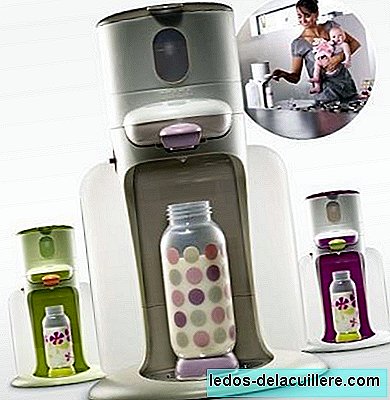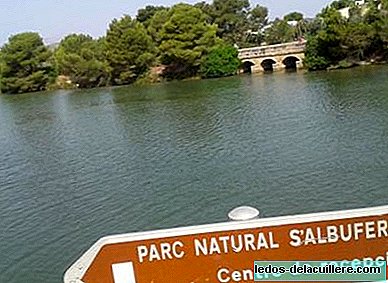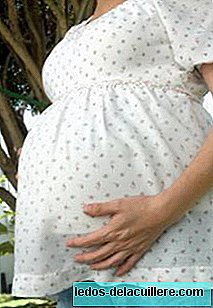
In contrast to what happens in an in vitro reproduction treatment, in which fertilization occurs in a laboratory, a new natural fertilization technique called AneVivo, allows fertilization and early development of the embryo to occur in the uterus.
Thanks to this advanced technique, first implemented in Spain by the IVI Bilbao clinic, the first baby was born fruit of a natural fertilization in assisted reproduction.
New AneVivo technique
The new one AneVivo fertilization technique It was developed by the Swiss company Anecova and selected as a pioneer technology in 2008 by the World Economic Forum.
The process involves the introduction of the ovules and sperm attached in an intrauterine device (a porous capsule that is introduced into the mother's womb for 24 hours) so that fertilization and subsequent embryonic development occurs within the uterus.
After this period, doctors remove the device and two to four days later, the healthiest embryos are selected for implantation again in the mother's womb.
Thanks to this, the embryo is fertilized and develops during its first hours in its natural environment and in the same conditions of light, temperature and nutrients that it would have if it had been conceived naturally.
This technology makes possible the free passage of fluids, nutrients and other cellular and non-cellular components through a porous membrane, facilitating the interaction between embryos and maternal environment in a more physiological way.












